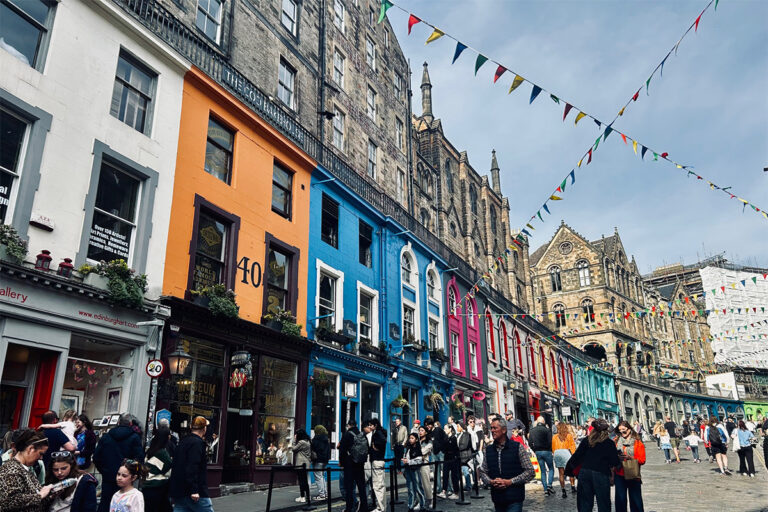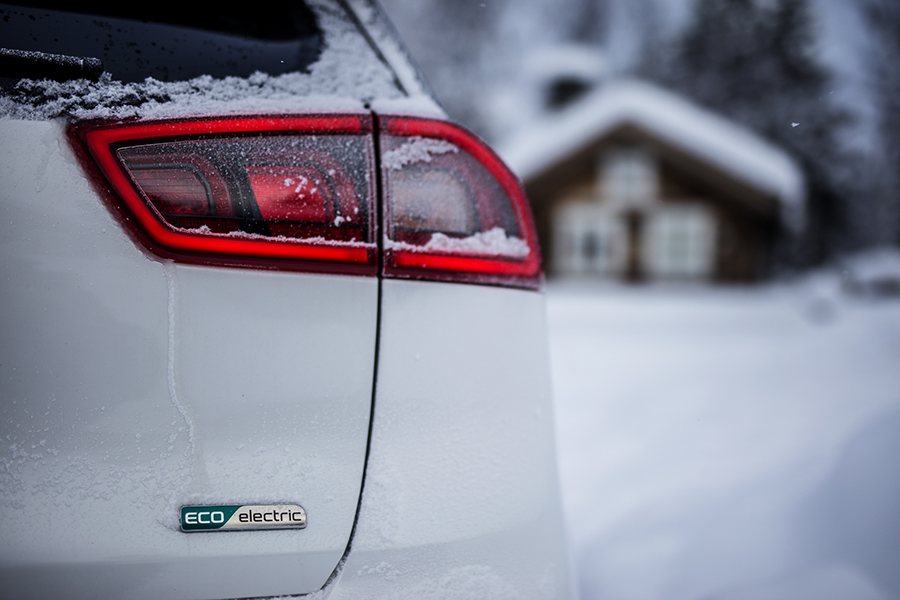
Although it has a total population of little more than 5 million people, Norway has rapidly become one of the world’s largest and fastest growing markets for Electric Vehicles (EVs).
Thanks mainly to generous incentives and tax breaks from the Government, nearly half of all cars in Norway are now EVs. Improvements in battery range and the availability of cheap hydropower have also helped increase demand for EVs.
With an increased variety of electric cars arriving in the market, extensive charging points across the country, and a driving experience that is arguably better than that of conventional cars, Norway is well on the way to meeting its target that by 2025 all new cars sold should be zero-emission.
Buzz caught up with Irene Solstad, Managing Director for Norway of Korean car manufacturer Kia, to discuss the current growth of the market and the outlook for the future.
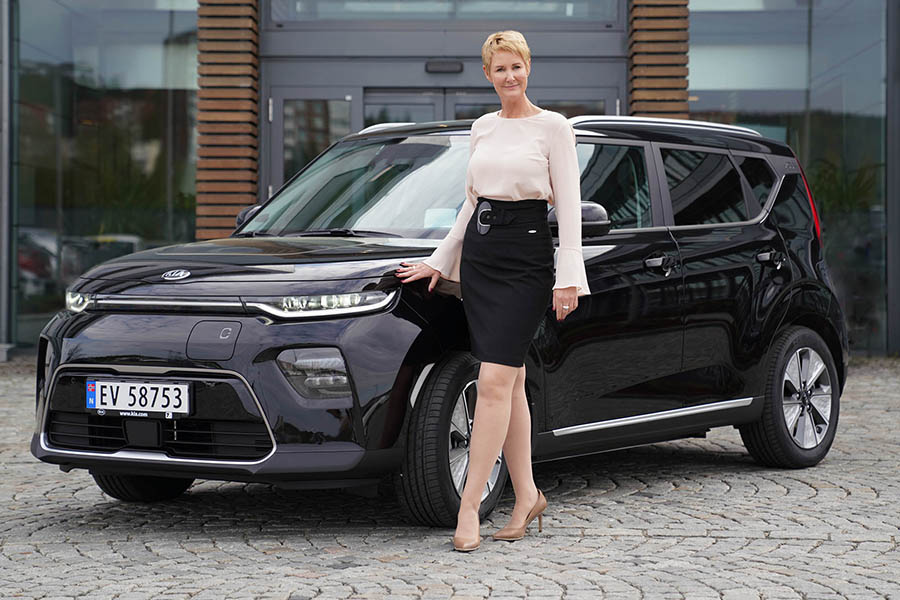
How fast is the EV market growing?
The EV market is growing rapidly in Norway because of incentives and support from the Government. In the first six months of 2019 almost half of all cars sold in Norway were EVs, with 72% growth since the first half of 2018. Furthermore, 11% of all new car sales were Plug-in Hybrids and 12% were Hybrids.
How are the Norwegian government supporting EVs?
The Norwegian government has a clear goal to raise the share of zero emission vehicles. Its target is that in 2025 dealers will only be allowed to sell zero-emission vehicles. That means that in just six years’ time EVs should be close to 100% of all new cars sold.
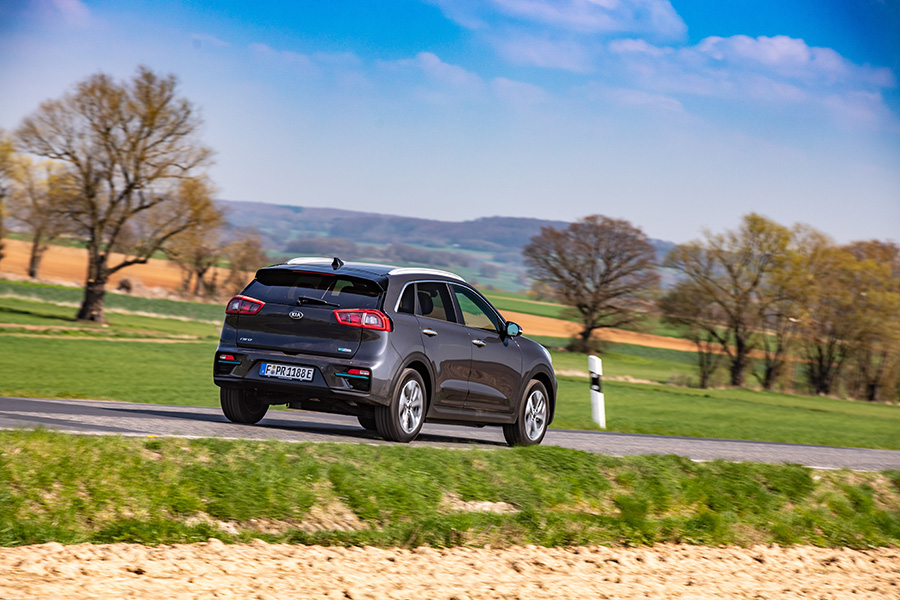
Significant incentives have included measures such as no purchase or import tax, no VAT of 25%, no annual road tax, initially no charges on toll roads and ferries, and lower taxes if use your EV as a company car. Plus, there can be free parking and the cars can drive in the bus lane, except in rush hour. Some benefits have been withdrawn and tolls are now charged, but still not as much as for other cars. These incentives have made EVs a mass market proposition in Norway.
“Governments have to reward EV buyers if they going to increase sales of electric cars and grow the zero-emission market”
Irene Solstad, Managing Director, Kia Bil Norge AS
Is range anxiety still an issue in Norway?
To a certain point, but with cars such as Kia’s e-Niro and e-Soul which have 455km of range, then anxiety is not a problem. The average trip for most clients is approximately 30km a day.
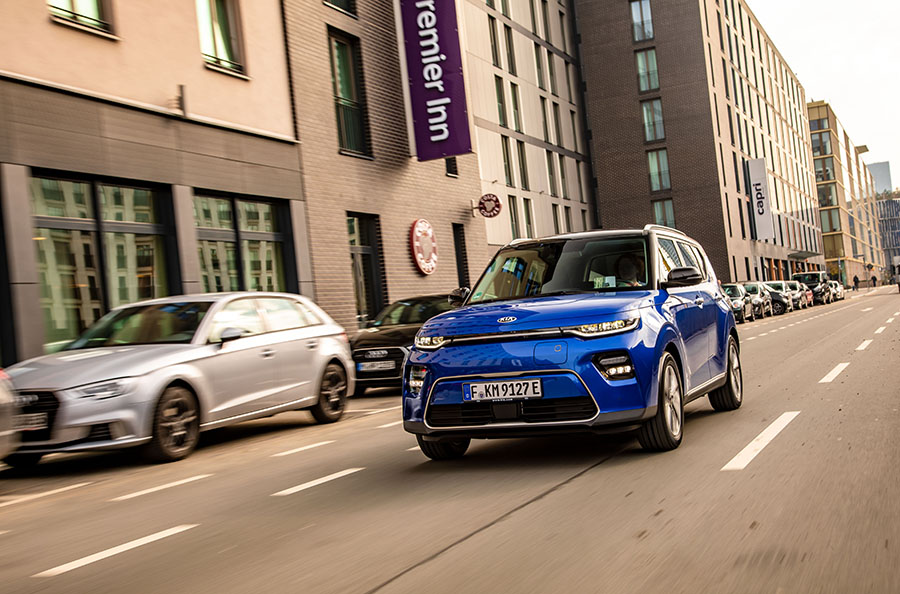
A new issue is “charge anxiety.” With so many electric cars there are often lines at the charging stations even if the infrastructure is good. We will need a lot more chargers the next years if the goal of 100 % electric cars in 2025 is to be reached.
How easy is it to adapt to driving an EV?
To drive an EV is very similar to driving a “normal” car, but with a lot of benefits: EVs have fast acceleration, they are quiet to drive, and they heat up rapidly inside, which is very important during the cold winter in Norway. Many people use a timer or an app to warm the car before they start the trip.
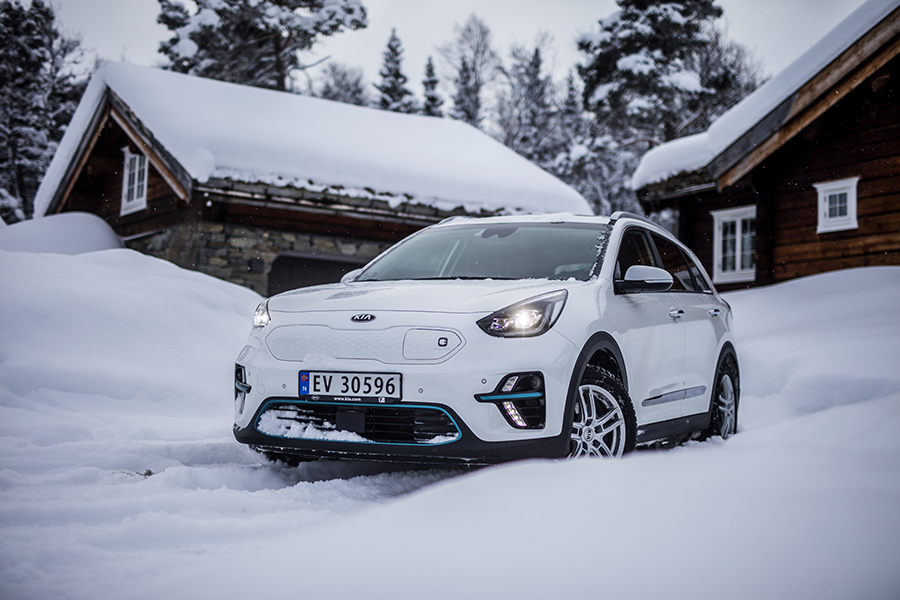
It is the range anxiety more than the driving itself that concerns new users. Most users plan ahead for long trips and charge their EV at home during night, so that the car is ready for the next day.
How do you expect the market to grow in the future?
A lot of people want to buy an EV in Norway, but there is lack of availability for good family cars with long range and a reasonable price. If not, the share of EV’s would be even higher.
At Kia, we are lucky to be introducing two of the best EVs in the market to Norway. Both the e-Niro and e-Soul have best-in-class range, new technology and competitive pricing. There is huge interest for these cars in Norway and we have won a lot of new customers.

Both models are very popular in Europe, and the demand is proving to be far higher than initially planned for. We expect that, with the help of improving supply towards the end of this year, both the e-Niro and e-Soul will increase Kia’s share of the Norwegian EV market![]()







